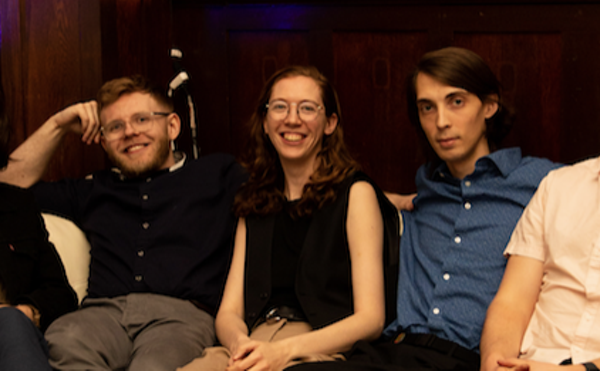Rob Lind is a rock star. He plays sax in the Sonics, the garage rock pioneers whose raw, aggressive sound arguably spawned the genre and, way less arguably, influenced generations of subsequent musicians that desired urgency and attitude from music. The band has two critically-acclaimed albums and will release another later this year. They're big in Japan. And Scandinavia. And Australia. They're doing all right in this country as well, as evidenced by an appearance at SXSW in Austin, and their current tour, which brings them to the Beachland Ballroom this week.
But while the acclaim isn't a recent development, capitalizing on it is. Lind didn't know about the huge impression that the band left on rock music until 2008, when the band was given a history lesson on its own influence by Little Steven Van Zandt of the E Street Band.
"Steven gave us a pretty good background on groups that have used our material or mentioned that we were what they were looking at," Lind says.
If that seems a little surprising, well, it should. The Sonics' story, from their genesis in Tacoma, Wash., a blue-collar port city just south of Seattle, to international stardom, is simply one surprise after another.
For starters: Though they went 40 years without playing together, "the band never broke up," says Lind. He's calling from his home in Charlotte, N.C., where he moved to take a job as a commercial pilot with US Airways, and where his wife, also a pilot, still works. "We just sort of stopped playing."
The Sonics were fairly successful in the mid-'60s, touring throughout the Pacific Northwest and British Columbia and making their way down to Northern California, playing lakeside dances and what Lind describes as "beer blasts" at fraternity houses. They released two records of rollicking covers ("Louie, Louie," "Have Love, Will Travel") and menacing originals ("He's Waiting," "Psycho," "The Witch").
These last two tracks, first released together in 1965, brought them an East Coast tour, replete with TV appearances and Pacific Northwest dominance. Lind says that the Sonics were in fierce competition with other groups in the region, "but then 'The Witch' came out and it was pretty hard to compete with us."
But that was it. A superior fighting force (the U.S. Navy) derailed any further musical domination they had planned. When he got out of the Navy, Lind took a job with Piedmont, which became US Airways.
Occasionally, the Sonics' name would flicker across some nicotine-stained corner of the musical world: garage rockers the Cramps covered "Strychnine" on their 1980 debut Songs the Lord Taught Us. Post-punk proliferators the Fall covered it at a live session on the BBC in 1993 with legendary style-maker John Peel.
The White Stripes and Nirvana both cited them as an influence. Kurt Cobain described drummer Bob Bennett's sound on the Sonics' recordings as "the most amazing drum sound I've ever heard."
But Rob Lind kept flying planes.
Then, in the mid-2000s, a man named Jon Weiss got in touch with the band. A member of '80s garage rockers the Vipers, he runs a music festival called Cavestomp! in New York. Every year, he puts together a line-up of '60s garage rock luminaries like the Troggs, the Monks, and Question Mark and the Mysterians. He wanted the Sonics to play. They said no. He asked the next year. They said no again. "None of us were playing," explains Lind.
The third time Weiss reached out, Lind says, the band began considering his offer in earnest. Lind flew back to Washington and started playing again with singer-keyboardist Jerry Roslie and guitarist Larry Parypa. Bennett and original bassist Andy Parypa decided not to join in on the endeavor — the former deemed the commute from Honolulu, where he currently resides, too great, while the latter wasn't up for the stale and sweaty turmoil of touring. But Lind, Roslie, and guitarist Larry Parypa (Andy's brother) with the new addition of Don Wilhelm on bass and Ricky Lynn Johnson on drums — who would later be replaced by Dusty Watson — kept playing, furtively setting their sights on Cavestomp!
"The three of us decided if we're going to do this, we've got to be good," Lind explains. "We can't be like some of the other groups that have come out of hiding after 30 years and gone onstage and made fools out of themselves. We had a good reputation."
After toiling away in a practice space, the Sonics agreed to play Cavestomp! in 2007, at what Lind describes as the last possible moment.
The show drew an audience from across the world and, with it, offers for more shows. The eager crowd included suit-sporting Swedish band the Hives, whose 2000 album Vendi Vidi Vicious garnered them popularity in the same retro-revival that minted the Strokes and the White Stripes. At the show, the Sonics met up with the Hives, who said that they were trying to emulate the Tacoma band when they first started playing, and the groups developed a friendship, the younger encouraging the elder band to tour Europe.
"It was the Hives that kind of told us, 'When you guys go to Europe, you're going to draw huge crowds because the kids have all discovered you over there, and they all know your music,' Lind explains.
The Hives were right. The Sonics drew huge crowds abroad, but the dancing co-eds of Lind's youth were replaced by moshing Swedish, Finnish and, later, Japanese teenagers who sang along to every word of every song.
"An interesting thing has happened," Lind explains. "The people in the '60s who were coming to our shows, they're all our age, and they kind of aged out."
Gone with them are multiple sets from a single band at a show, Lind running to the back of the hall during the first song to check the group's sound, and Bennett smashing through drum heads.
Lind says that the Sonics are taking these changes in stride—particularly the whole moshing thing. He explains that when people ask him what to expect from the Sonics' live set, he braces them.
"Hold on to something. Put your arms around a post," he says with zeal.
Perhaps that enthusiasm comes from what's remained the same after 40 years.
"We're no different than we were back in the '60s," Lind explains. "Our whole goal is to go onstage and blow the place up. And when we leave the stage, we're soaking wet and we've given it everything we have."
In fact, if anything dates the Sonics, it's certainly not their sound which could easily be misattributed to any of the garage rock bands that garnered attention in the late aughts — Thee Oh Sees, Nobunny, you name it. It's that they ever slipped out of view in the first place.
In an era where a series of tubes connects almost every single individual that grimaces at the sound of Top 40 and a time when you can potentially download the entire discography of any musical group — or individual, or semi-sentient being, for that matter — that ever recorded a sound, it seems like it would be impossible for such an influential band to go 40 years without gigging, or even being aware of the huge wake that they cut.
It seems impossible, but you never know.
No one will for a while —maybe there's a 40-year-old airline pilot in the sky today that Swedish kids will shove each other to see some 20 years down the road.

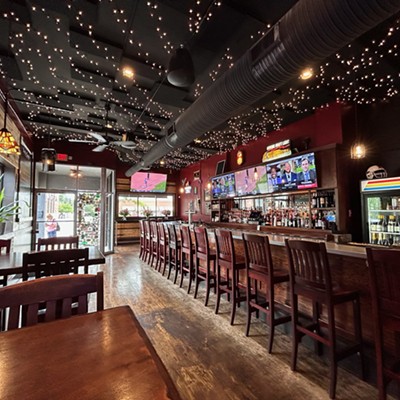
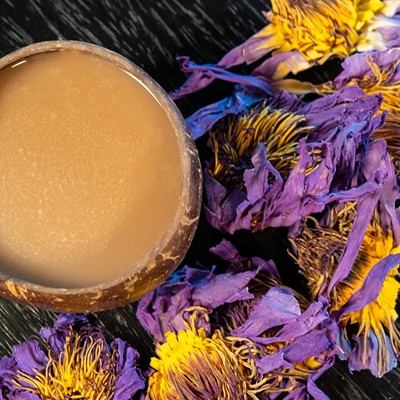
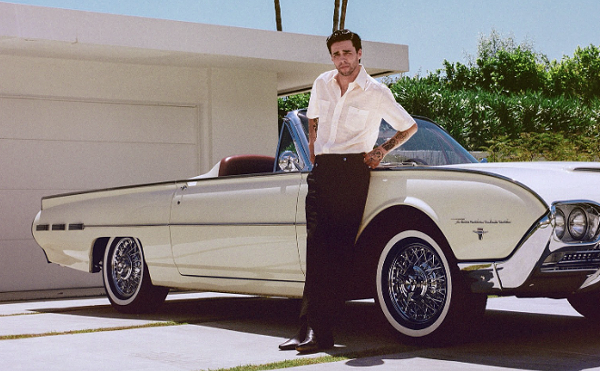
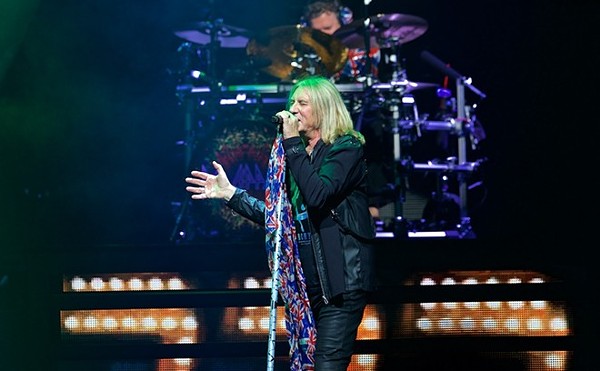
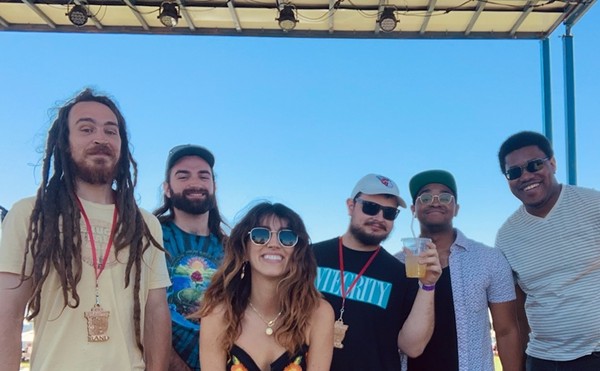
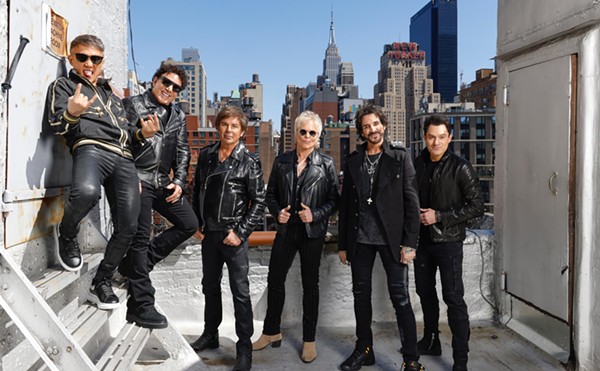
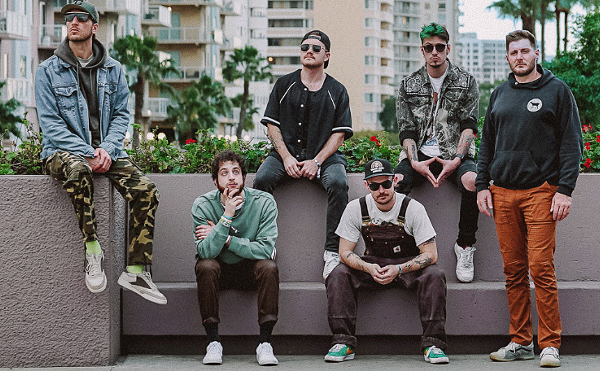
![Mourning [A] BLKstar.](https://media1.clevescene.com/clevescene/imager/clevelands-mourning-a-blkstar-returns-with-sophisticated-suite-of-new-songs/u/golden-s/44709952/screen_shot_2024-07-12_at_10.18.29_am.png?cb=1720806957)
